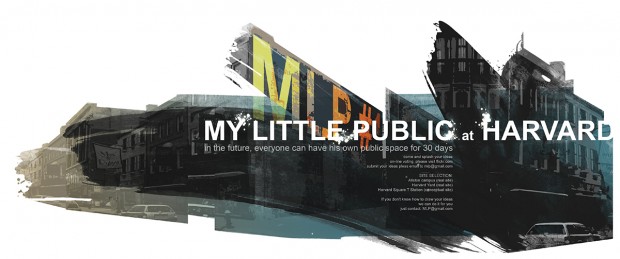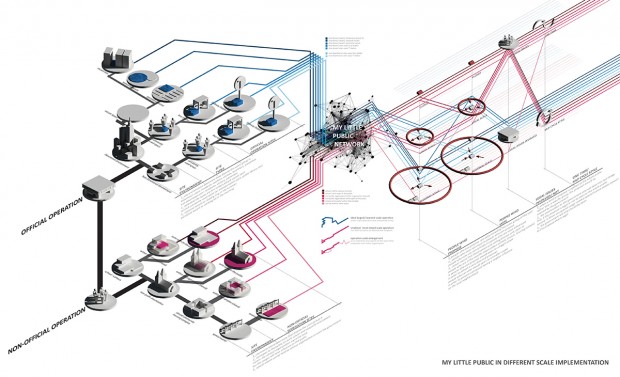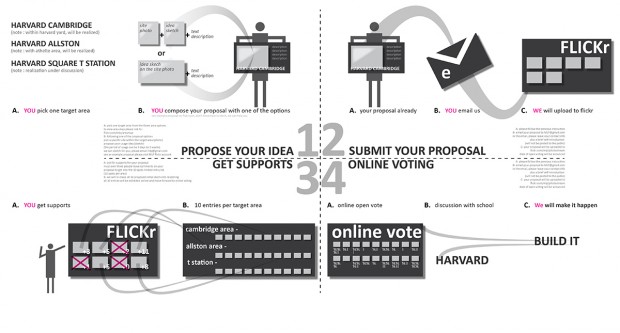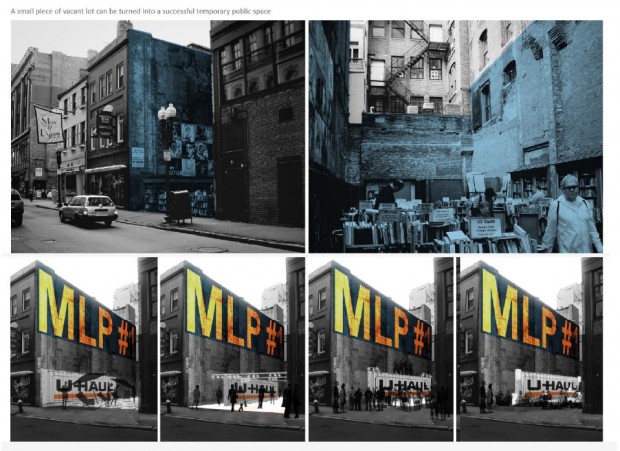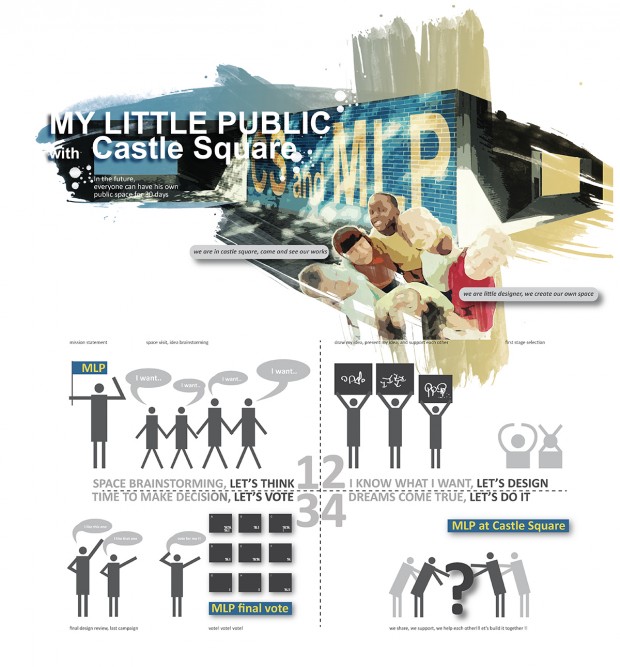Networked Urbanism
design thinking initiatives for a better urban life
apps awareness bahrain bike climate culture Death design digital donations economy education energy extreme Extreme climate funerals georeference GSD Harvard interaction Krystelle mapping market middle east mobility Network networkedurbanism nurra nurraempathy placemaking Public public space resources Responsivedesign social social market Space time time management ucjc visitor void waste water Ziyi
My Little Public is a program that encourages a discussion that could form a new concept of future urban spaces. Through educating children while they are young, we can foster their desire to cultivate an engaging and livable environment. It is a prospect of promoting a culture where people have more awareness and interaction with their environment.
In the recent years, our lives have drastically been altered by the development of the information age. One example is how technology starts to fundamentally change the way we live. Thirty years ago, people could not have imagined a world of computer networks, smartphones, and a staggering number of wireless technologies. For instance, in the 1990s, when making a date with a friend, you might say “let’s meet right at the east entrance of the memorial park at 7:00 sharp.” But in 2010, you might say “let’s meet in the Quincy area at around seven-ish, just call me or text me when you are in the area.” In fact, the development in the information age not only changes the way we are living but how we perceive and interact with physical spaces. Instead of planning precisely, now you can freely meander in that area and just make sure your mobile phone is on and connected. In this new age, how will our physical environment add up to the new perception of space? And what will that be?
My Little Public (MLP) is not a project that criticizes current public space typologies. In fact, the classical definition of public/urban space is still well recognized and celebrated. MLP is a project that attempts to search for the new potential of future urban spaces, in an age where our physical connection is no longer required.
The very first concept of MLP is targeted on the numerous vacant lots in the downtown area of Boston. By utilizing these vacant lots, the project attempts to hold a small-scale, repeated cycle style contest in searching for the best suitable public program for those lots. With the slogan “In the future, everyone can have his own public space for 30 days,” MLP successfully drew attention to some local organization. The “STREET LAB,” an organization that often operates on experimental urban spaces in the Boston area, suggested the project to be first applied to a smaller and closed network, such as a public school.
It might also potentially transform MLP into an educational program to raise awareness to children and the environment they interact with. With this insightful suggestion, MLP found its first real client and testing ground—the Quincy Public School in Boston.
With the help from Philip D. Amara, a fourth grade teacher, we adapted MLP so that the program could operate easily inside the school. This four-week program contained the following steps: first, we introduced three different operation sites to the students, educating them to recognize the nature of the site with the prospect that the proper program be introduced to the site. Second, we allowed each of the kids to utilize their own imagination to propose their wishes for the site they chose. During this process, Amara and I were trying not to project too much of our adult thinking onto their proposals, in order for their creativity to emanate freely. And we were amazed by how much the children learned from the previous step, that almost all their proposals showed advanced understandings of the site, and were also highly plausible. More amazingly, some of the proposals not only showed their awareness of the school site but also showed their awareness of current environmental and social issues, such as homelessness in Boston or the 2010 earthquake in Haiti. During the third week, they selected the six best proposals out of the original 24, and formed six official campaign groups. Each group created a campaign speech. Finally, the winner, Coco-Nade was carried out during a lunch break—the students sold hot cocoa and lemonade for 50 cents. In total, they raised 110 dollars in 40 minutes, and the profit was donated to a homeless organization.
My Little Public with Quincy School – Documentary Film from Kai Liao on Vimeo.
According to Amara, MLP is perfectly suitable for fourth graders, as they are at the the age where they can distinguish what is possible from what is not. They are also beginning to understand that great work cannot be done in one night. They can appreciate drafting, editing, and perfecting the work in a proper process. Most importantly, they start to pay more attention to what is happening around them and attempt to interact with it. MLP made them realize that if they’re passionate, they could have the power to say or do anything, which makes them really excited about this whole operation.
In short, MLP doesn’t need to go through a governmental process in order to transform an empty lot into a contemporary urban space. MLP can be more successful if it runs in the background of our public education system, which teaches the next generation to constantly think about what is happening in their environment, and be aware of the physical spaces they are situated in. Through educating children while they are young, we can foster their desire to cultivate an engaging and livable environment. It is a prospect of promoting a culture where people have more awareness and interaction with their environment. Hopefully, MLP will become a program that encourages and fosters the discussion that could potentially form a new concept of future urban spaces.
